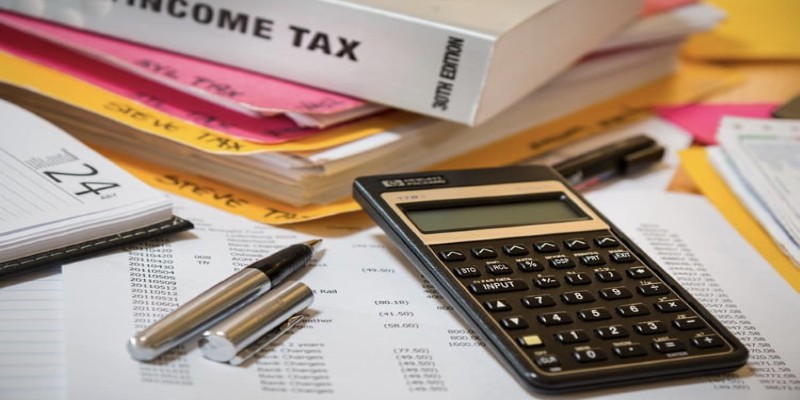What is an Emergency Fund
Triston Martin
Oct 26, 2023
An emergency fund is defined as the money or funds set aside if you have an unexpected or urgent expense coming your way. This might be a visit to see a sick or injured family member, a medical or dental expense, a car repair, etc. The funds may also be used by people who have lost their jobs or had their working hours cut but are still struggling to make ends meet.
Financial experts often advise people to put emergency savings first and to have three to six months' worth of essential living expenses covered. However, in some circumstances, you should save more.
It's also important to remember that an emergency fund must be accessible and liquid. When a crisis arises, you need to be able to immediately access your money without incurring any fees. For this reason, a high-yield savings account might be a wise decision. In contrast, a certificate of deposit (CD), which binds up your money for a while, your money will generate some interest and be accessible when you need it.
Read on to learn about how much do you need in your emergency fund and how you can build an emergency fund.
How Much Money Do You Need in Your Emergency Fund?

Most financial analysts agree that the emergency fund should cover three to six months of living expenses. However, some experts consider having one to two months' earnings set aside ideal.
However, most experts advise saving three to six months' worth of essential living expenditures. This implies that you can keep working for a few or many months if, for example, you suffer an injury and are unable to work or lose your job.
Suppose your monthly accommodation, food, utilities, and loan repayment expenses total $5,000. The question "Is $25,000 sufficient for an emergency fund?" would be appropriate. You could survive on that amount for five months if you need it.
However, $25,000 would barely last two months if your monthly living costs were $10,000. Instead, in your circumstance, $35,000 would be enough as an emergency fund. Some financial experts contend that a higher amount, up to $60,000, might be preferable.
Although this amount could sound daunting, remember that you are not required to have it saved all at once. You'll put money aside to reach this amount. You're not the only one who needs time to accumulate emergency savings. Only 50% of respondents to the survey said they could afford a $1,000 unexpected bill.
Once you've calculated the amount of the monthly expenditures, multiply it by three. Your initial goal will be to hit that figure. You must start saving money to hit your three-month goal.
Know that something is better than nothing if you cannot save that much money owing to other costs or circumstances in your life. Do not feel hopeless or defeated. If you can save $1,000 over several months
How to Start Building an Emergency Fund
Set a Goal
You can set your financial objective now that you know the recommended amount for your emergency fund. Be sensible and remember that a three-month emergency fund should be sufficient to pay for utilities, rent, debts, and food.
Decide on a Budget
An emergency fund doesn't have to be difficult to save for. Assess your current income and expenses to identify areas where you could make savings of simply one dollar each day. Reducing your Android service and purchasing a less expensive car the next time you go car shopping are two simple methods to free up some cash for your savings strategy. You can also build your emergency fund by canceling that two-week vacation, reducing dining-out expenses, and setting aside your upcoming raise or bonus. Your ability to reduce your spending will determine how quickly you save.
Set up Automatic Payments

You can make the difficult task of saving easier by setting up automatic deductions or payments. For example, to set up daily, weekly, or monthly transfers from your checking account to your savings account, look for a savings account with a function similar to Chase Autosave. Once you've established a safety net, you may start saving for your next goals, such as a vacation or college fund, because these automatic savings also enable you to save for particular goals and monitor your progress towards them.
Where to Put the Money
You can keep your emergency funds in high-interest savings and money market funds. You need liquid and secure options to access your funds when needed. These options can make it more difficult for you to access your money, and you'll get only a small return on your investment.
Bottom Line
Think of your emergency savings as an insurance plan. Once you have it, be sure to keep it safe. Not a piggy bank at all. You shouldn't use it for unplanned costs. In fact, as your income increases, make sure to increase the amount to reflect your current circumstances. When you need to use the fund, only do so in an emergency and be careful with how you use it. Save as much as you can today, even if not much.







